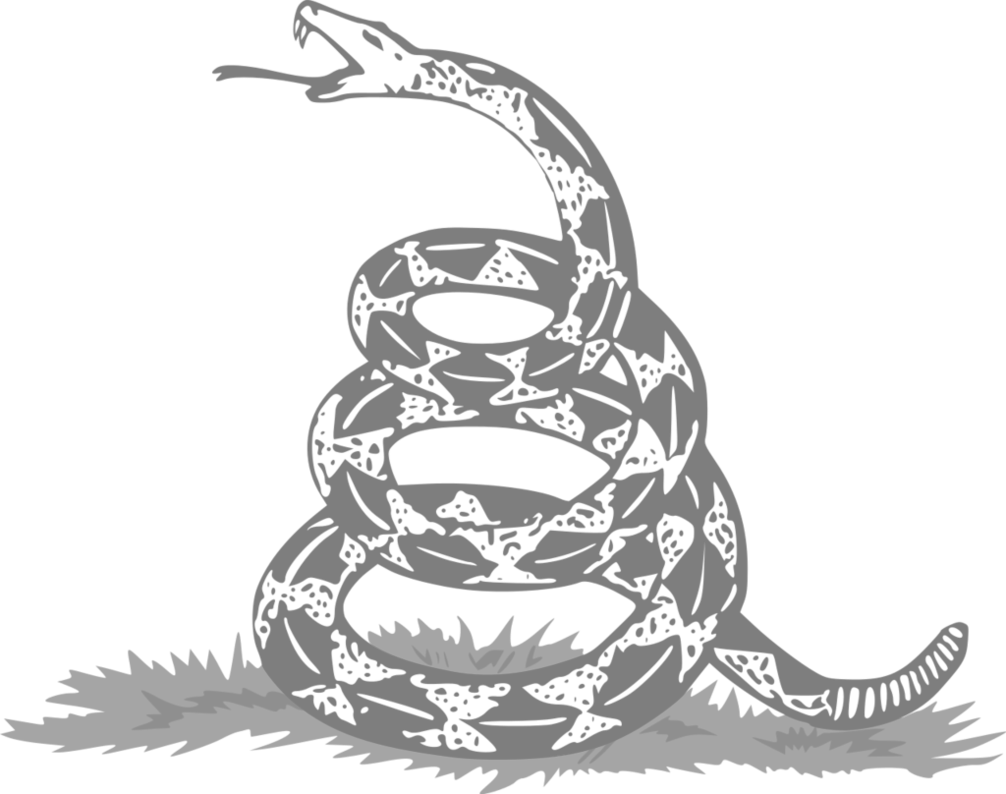Fascism and the fight against it (article)
The survey is more relevant than ever now: how to prevent the development of fascism in the country? Now we have an interesting opportunity to compare Russian and Ukrainian experience.
In the Russian Criminal Code, since 1996, there has been Article 282, which punishes for inciting ethnic hatred. In general, "for fascism." At the beginning of the 2000s, after the riots of skinheads and fans, it was expanded to a whole package of laws to combat extremism. At the end of the 2000s, the state launched a campaign to destroy the far right. The skating rink swept not only on the militants, many of whom deserved the sky in a cage (but not torture and other lawlessness). Many legal organizations, such as DPNI, were also banned. While the state cudgel was beating up Russian rightists, this suited many of the liberal and leftist public quite well. It is difficult to sympathize with guys like Tesak or Nikita Tikhonov, the rest were guilty on the principle of association. And in general: everything is like in progressive Germany. They began to suspect something when the definition of discord expanded to "social", and "police officers" turned into a legally protected group. But it was too late.
It turned out that real fascism had been maturing all this time on the side of the state, which "fought against fascism." Real fascism does not need zigging blockheads, subculturists and other autonomous citizens. And even if they become in a pose of demonstration of loyalty. So the Black Hundred publishing house openly supported the war, but yesterday a political investigation with goodies showed up at their St. Petersburg store, the Listva. The plush fascism of the Listva could only exist in a liberal society: here we have a hipster coffee shop, here is a center for gender studies, and here are guys in shirts. When the remnants of liberal freedoms are curtailed, this concerns everyone. Real fascists don't need plushies. Be afraid of fulfilling your desires.
In Ukraine, unlike in Russia, the ultra-right has never been seriously pressed. The subcultural scene blossomed and smelled. And in 2014, all this crowded with runes and swastikas formed the Azov battalion. Now they write that some time ago the most ideological citizens left from there to a separate political structure, but the fact is the fact - "Azov" was created by the ultra-right. This is what the Western press does not like to remember and what the Russian press is all about. But the right question here is: so what? It's not the tattoos that matter, but the actions. Now the same Azov regiment is part of the big Ukrainian front, where there are also feminists, LGBT people and many others with whom the right hardly got along well in peacetime. Azov stands to the death in Mariupol, defending that free world where pluralism is possible: queer people are possible, but also guys with cobwebs on their elbows. This is reminiscent of the United States, where no one forbids the ultra-right either - they zigue right on the streets, and sometimes even get into local authorities, to the horror of European partners. So what? And nothing. They fight in the streets with the same leftists, but in the event of a real external threat, the left and right militants will stand shoulder to shoulder, as they are now in Ukraine. Moreover, both in the United States and in Ukraine in peacetime, the radicals receive a meager percentage in the elections, contrary to all known fears.
In general, a straight-forward policy of prohibitions does not work well, and sometimes backfires. Society is too complex. What is really worth striving for is such a format of "blooming complexity", where even people with very unpleasant views will contribute to the common good.
Mihail Pojarsky 2022-04-06
